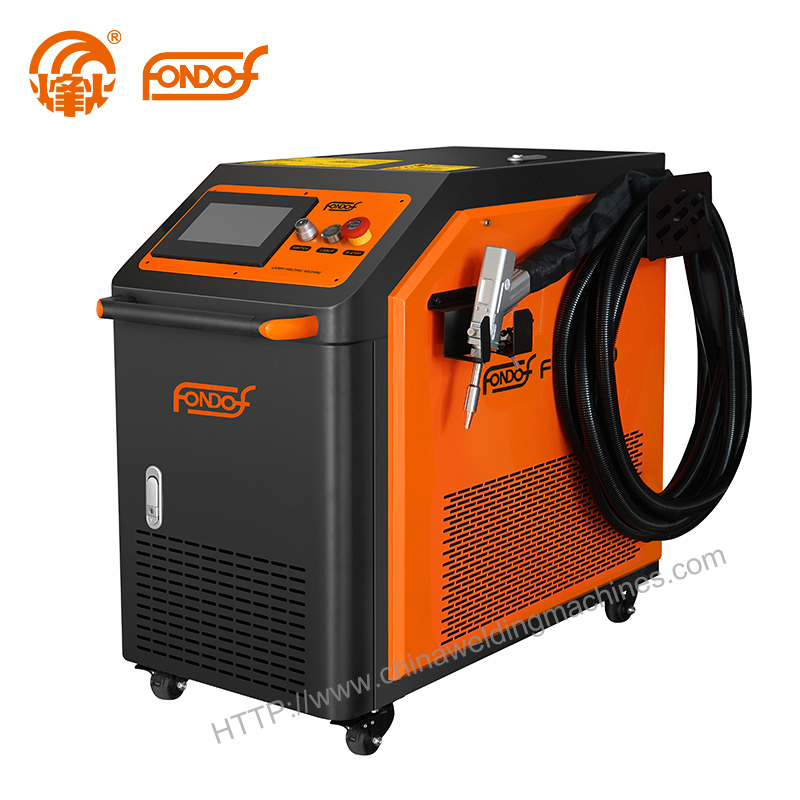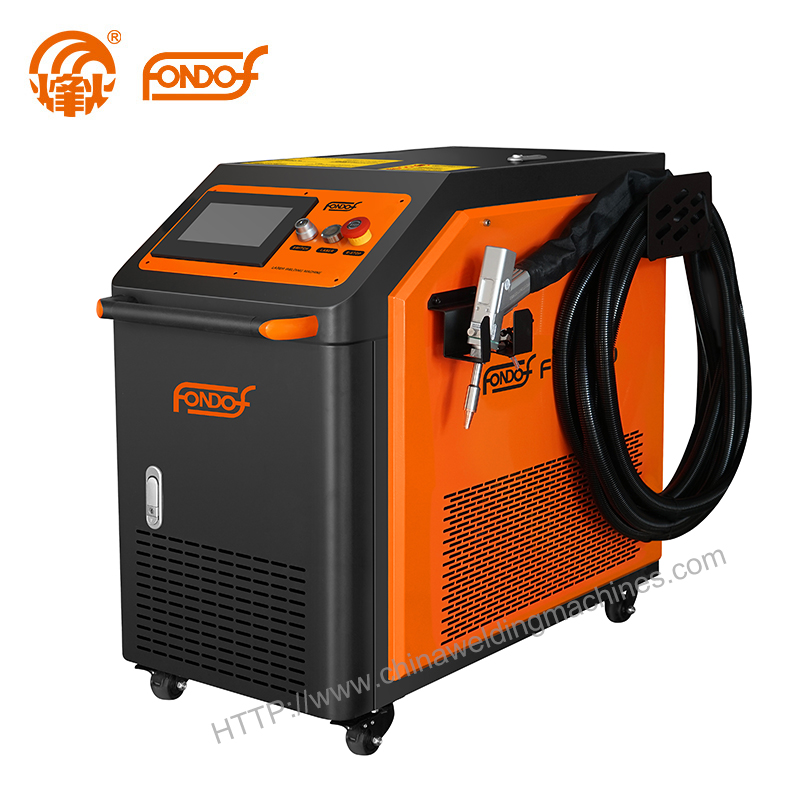Pulse TIG Welding: Process, Automation, and Control
 Oct. 01, 2023
Oct. 01, 2023
Pulse Tungsten Inert Gas (TIG) welding, often referred to as Pulse TIG welding, is an advanced arc welding process that combines the precision of traditional TIG welding with the benefits of pulse technology. This method is widely used in various industries due to its ability to provide high-quality welds while minimizing heat input and distortion. In this article, we will delve into the process, automation, and control aspects of Pulse TIG welding, shedding light on its significance in modern welding applications.
Understanding Pulse TIG Welding
The Basics of TIG Welding
TIG welding is a popular welding technique known for its exceptional precision and control. It involves creating an electric arc between a non-consumable tungsten electrode and the workpiece. The arc generates intense heat, which melts the base metal and filler rod (if used), creating a weld bead.
Introducing Pulse Technology
Pulse TIG welding takes TIG welding to the next level by incorporating pulse technology. Instead of maintaining a continuous arc, Pulse TIG alternates between high and low currents. The process involves pulsing the current on and off rapidly, typically at frequencies ranging from 1 to 500 pulses per second. This pulsing action offers several advantages:
1. Reduced Heat Input: Pulse TIG welding minimizes heat input, making it suitable for thin materials and heat-sensitive alloys. This results in reduced warping and distortion of the workpiece.
2. Precise Control: The welder can control heat and penetration depth more precisely, making it an excellent choice for intricate welds and critical applications.
3. Better Control of the Weld Pool: The pulsed arc allows for better control over the weld pool's size and shape, enhancing overall weld quality.
4. Reduced Spatter: Pulse TIG welding typically produces less spatter, reducing the need for post-weld cleanup.
Automation in Pulse TIG Welding
Welding Automation
Automation is becoming increasingly prevalent in welding, and Pulse TIG welding is no exception. Automated systems offer numerous advantages, including:
1. Consistency: Automated systems can consistently produce high-quality welds, reducing the variability that can occur with manual welding.
2. Efficiency: Automated systems can operate continuously, significantly improving productivity.
3. Safety: Automation reduces the exposure of human operators to hazardous welding environments.
Robotic Welding
Robotic Pulse TIG welding is an exciting development in welding technology. Robots are used to manipulate the welding torch, ensuring precise control and consistency. Robotic systems are commonly employed in manufacturing processes where large volumes of welds are required, such as in the automotive and aerospace industries.
Computerized Control
Pulse TIG welding can be computer-controlled, allowing for precise parameter settings and monitoring. Computerized control systems offer the following benefits:
1. Parametric Optimization: Weld parameters such as pulse frequency, peak current, and background current can be precisely adjusted for different materials and joint configurations.
2. Quality Assurance: Computerized control systems can monitor the welding process in real-time, alerting operators to any deviations from the desired parameters.
3. Data Logging: Data on each weld can be recorded for quality control and traceability.
Quality Control and Inspection
Ensuring the quality of Pulse TIG welds is critical in many applications. Quality control and inspection methods include:
1. Visual Inspection: A visual examination of the weld to check for any surface defects, such as cracks, porosity, or incomplete fusion.
2. X-Ray and Ultrasonic Testing: These non-destructive testing methods can reveal internal defects that may not be visible to the naked eye.
3. Dye Penetrant Testing: This method involves applying a colored liquid to the weld surface, which can reveal surface defects when excess liquid is removed.
4. Mechanical Testing: Tensile, bend, and impact tests can determine the weld's mechanical properties, such as tensile strength and ductility.
Conclusion
Pulse TIG welding is a versatile and precise welding process that offers numerous advantages, including reduced heat input, improved control, and high-quality welds. With the integration of automation and advanced control systems, Pulse TIG welding has become a cornerstone of modern manufacturing, particularly in industries where weld quality and consistency are paramount. As technology continues to advance, Pulse TIG welding will likely play an even more significant role in various applications, ensuring the creation of strong and reliable welds for years to come.





























